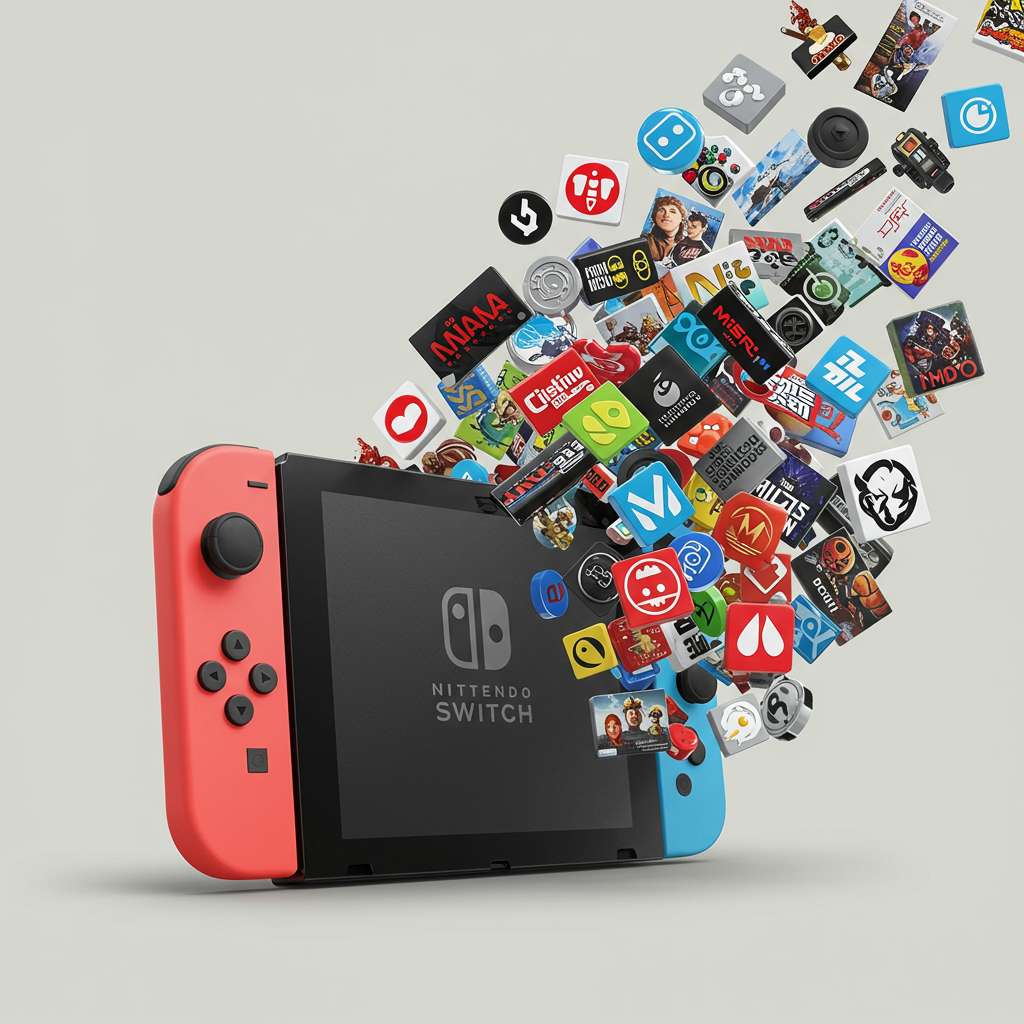Get ready for potentially big news from apple! Analyst Ming-Chi Kuo suggests a significantly more affordable macbook could arrive soon. This isn’t just a refresh; the rumor points to a brand new model priced below the current entry-level $999 MacBook Air. This potential shift marks uncharted territory for Apple, potentially opening the Mac experience to a much wider audience.
Kuo, known for his supply chain insights, believes production could begin as early as late 2025 or early 2026. What’s truly unique about this rumored machine? It might be powered by an A-series processor, specifically the A18 Pro chip. This is the same powerful chip expected in the upcoming iPhone 16 Pro models, rather than Apple’s dedicated M-series silicon found in all current Macs.
The Potential Power of an iPhone Chip in a MacBook
Putting an A-series chip into a MacBook is a significant departure for Apple. Since the transition to Apple Silicon, every Mac has used an M-series chip. However, analysts suggest using a high-volume chip like the A18 Pro could drastically lower production costs. This strategy could allow Apple to hit a much more aggressive, lower price point for consumers.
Don’t let the “iPhone chip” label fool you. The A18 Pro is expected to be remarkably powerful. Benchmarking data indicates impressive single-core performance, reportedly clocking in around 3500. This is only slightly behind the M4 chip found in the latest iPad Pro and Mac mini.
Performance for Everyday Tasks
While the multi-core performance shows a wider gap compared to newer M-series chips (A18 Pro around 8780 vs. M4 around 15000), it still rivals the multi-core score of the original M1 chip from 2020. Millions of people still use M1 Macs daily for essential computing tasks. For a lower-end machine aimed at average users, the A18 Pro should be more than sufficient. Many common tasks remain primarily single-core dependent. Browsing, email, streaming, and light productivity should run smoothly on an A18 Pro-powered MacBook.
Placing a chip like the A18 Pro, designed for the thermally constrained environment of an iPhone, into a larger laptop chassis offers exciting potential. The improved cooling and battery capacity of a MacBook body could allow the chip to sustain higher performance levels for longer periods. This could make it highly competitive against some Windows-on-Arm laptops using Snapdragon X processors, which also share architecture with mobile chips.
Design, Display, and Colorful Options
According to Kuo, the new cheaper MacBook is expected to feature an approximately 13-inch display. This size is consistent with the current MacBook Air. Some speculation suggests it could even revive the beloved compact form factor of the discontinued 12-inch MacBook. The previous 12-inch model was praised for its portability. Given Apple’s advancements in keyboard technology and power efficiency since then, a return to a similar size powered by efficient Apple Silicon could be very appealing.
Adding a touch of personality, the rumor includes potential colorful casing options. While exact colors are unconfirmed, speculation mentions silver, pink, and yellow. Other reports suggest blue might also be available. This would echo the vibrant color palettes seen in products like the iMac and MacBook Air M2 lineup, perhaps targeting a younger or student demographic. While some analysts question the specific color predictions, aligning with existing Apple product lines makes sense.
Targeting a New Price Point
The success of this rumored MacBook hinges entirely on its price. Apple has never offered a laptop starting below the $999 price point of the MacBook Air. Venturing into a significantly lower tier would be a major strategic move. Analysts speculate the target price could be around $799. This would position it directly to compete with Chromebooks and budget-friendly Windows laptops.
Apple is reportedly targeting a high production volume of 5-7 million units in 2026 for this new model. This substantial number strongly suggests a price point dramatic enough to attract a massive wave of new buyers. A significantly cheaper MacBook could help Apple boost its total laptop shipments. It would open the door for students, first-time Apple buyers, and budget-conscious consumers who previously found the MacBook Air too expensive. The perceived value – how much less it costs relative to the performance difference compared to the Air – will be crucial.
Strategic Market Position
Launching a genuinely affordable MacBook makes strategic sense for Apple. It expands their market reach downward, competing in a price segment where they currently have no offering. This could help recapture users who might otherwise opt for lower-cost Windows alternatives or Chromebooks. It also provides an upgrade path for users coming from lower-end iPads or iPhones who want their first Mac laptop.
However, Apple must carefully differentiate this new model from the existing MacBook Air lineup. It needs to justify its lower price point through specifications while still offering a compelling Mac experience. While the A18 Pro performance seems adequate for most users, tasks requiring heavy multi-core processing (like video editing or complex development) might highlight the gap compared to M-series chips. Potential cost-saving measures like different chassis materials (speculation about polycarbonate) could also play a role in differentiation and price.
Historical Context and Precedent
Using an A-series chip in a Mac isn’t entirely without precedent in Apple’s history. The original Developer Transition Kits (DTKs) given to developers ahead of the Apple Silicon transition were powered by the A12Z Bionic chip, originally found in iPads. Furthermore, the architecture of Apple’s M-series chips evolved directly from their high-performance A-series cores. The M1 chip, for example, shared core designs with the A14.
The industry is also moving towards leveraging mobile chip architecture for laptops. New Windows laptops with Qualcomm’s Snapdragon X chips utilize cores derived from mobile designs. Apple is arguably ahead of the curve here, given their mature silicon ecosystem. An A18 Pro-powered MacBook seems like a logical extension of their strategy to leverage their powerful, efficient chip designs across device categories.
Frequently Asked Questions
What chip is the new cheaper MacBook rumored to use?
According to analyst Ming-Chi Kuo, the potential new affordable MacBook will use the A18 Pro chip. This is the same processor expected to power the upcoming iPhone 16 Pro models. It marks a shift from using Apple’s M-series chips typically found in Mac computers.
When might this new affordable MacBook be released?
Supply chain reports cited by Kuo suggest that mass production for this new MacBook could begin in late 2025 or early 2026. This timeline indicates a potential release sometime in 2026. However, specific launch dates are always subject to change based on production readiness.
How is this new MacBook expected to be cheaper than the MacBook Air?
The main reason this new MacBook is predicted to be more affordable is its processor. Using the high-volume A18 Pro chip from the iPhone line is likely cheaper for Apple than manufacturing dedicated M-series chips. This cost saving, combined with high projected production volumes (5-7 million units in 2026), points towards Apple targeting a significantly lower price point, potentially around $799, below the MacBook Air’s $999 starting price.
Conclusion
The rumor of a truly affordable MacBook powered by an iPhone chip is incredibly exciting. Ming-Chi Kuo’s supply chain analysis points to a potential late 2025 or early 2026 production start for this new machine. Leveraging the powerful A18 Pro could allow Apple to break its long-standing $999 laptop barrier. With specs including an approximate 13-inch screen and possibly vibrant colors, this model could be a major hit. It would open the Mac platform to budget-conscious buyers and students. While performance differences from the M-series exist, the A18 Pro appears capable for mainstream use. Ultimately, the success of this rumored “cheap MacBook” will ride on its final price point and how well Apple positions it against the existing MacBook Air and market competition. We’ll have to wait for more details to confirm this potential game-changer.
Word Count Check: 943



